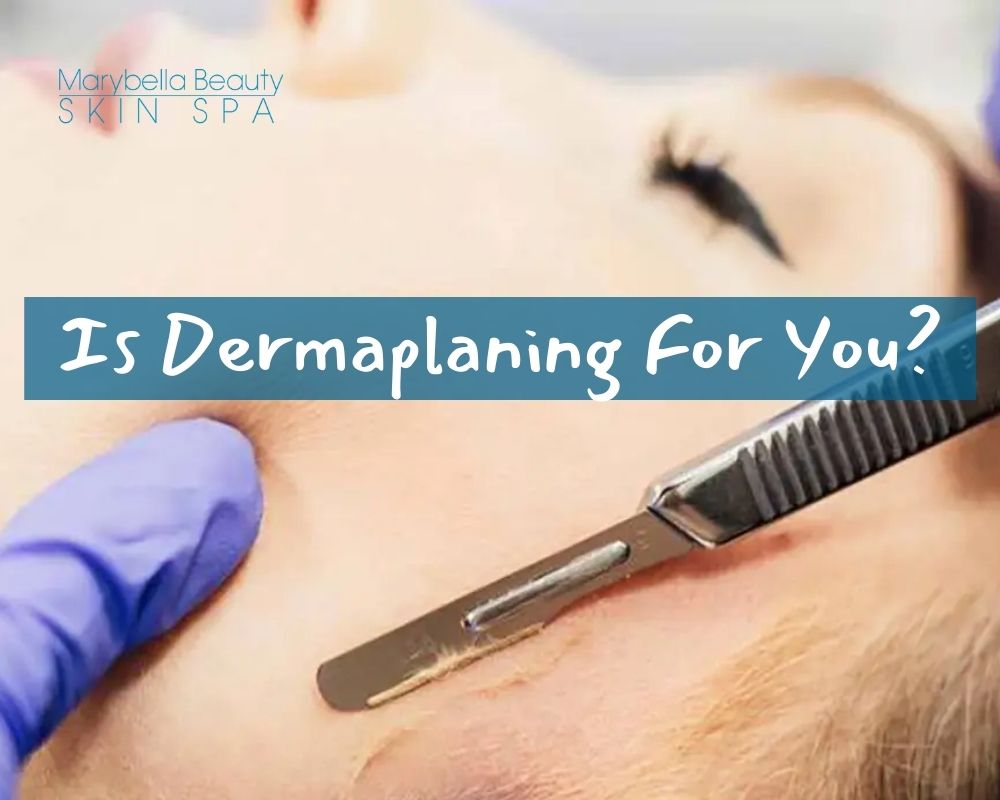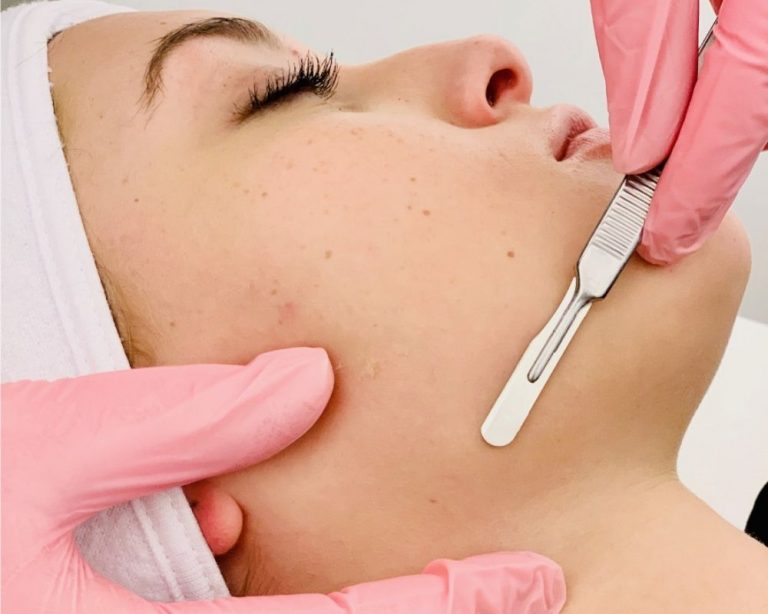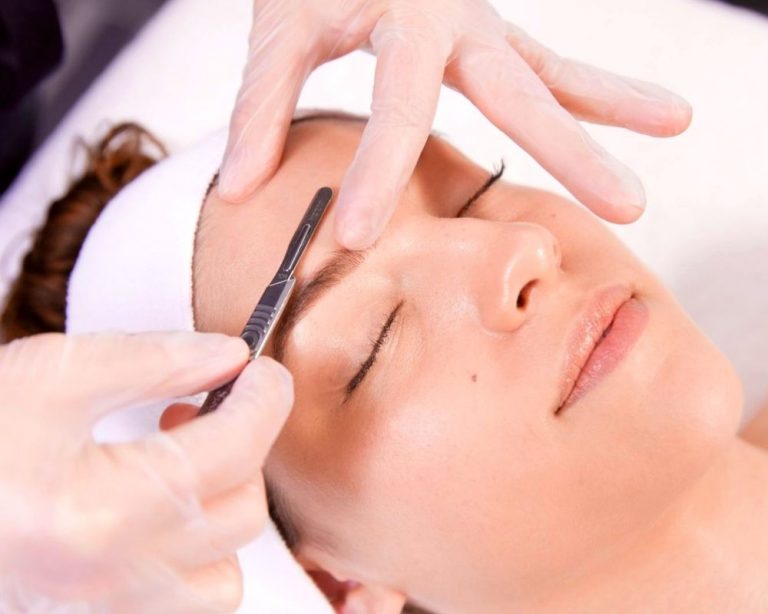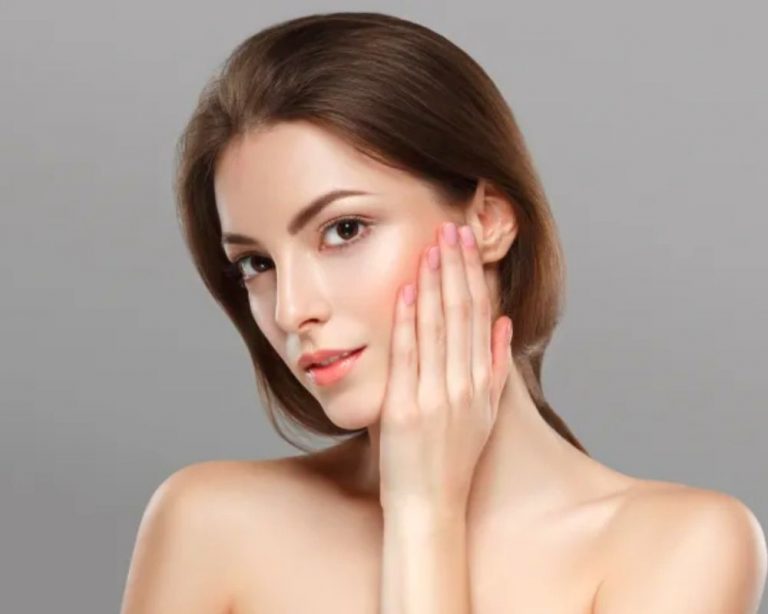
It’s a secret treatment to perfect skin. There are many skincare treatments that may run ads of trying this and that. Now, I know you’re considering what treatments should work on your skin and you may have clicked this blog because you considered Dermaplaning.
What is Dermaplaning?
Dermaplaning is one of the most popular non-invasive rejuvenation strategies together with oxygen therapy and light therapy. A study concluded that this treatment provides patients with realistic expectations in achieving optimal outcomes, just like any plastic surgery.
In addition, this method is most effective when included within a comprehensive skincare regimen consisting of sunscreen, vitamin therapy, and lifestyle modification. Here at the spa, I am really into educating my clients as to giving them recommended treatments that their skin actually needs.

Dermaplaning is an exfoliating treatment that gently scrapes the surface of your skin with a surgical scalpel. Is this another too-good-to-be-true treatment? Nope. Dermaplaning is actually one of the most effective dermatologist-backed solutions for dealing with dull skin.
Think of shaving your face, which I recommend doing with an expert, it shaves off facial hairs like peach fuzz. This treatment gets rid of facial hair and can make your face feel baby-soft, a smooth base for foundation. I know you might be worried about the hairs growing back. You won’t grow a beard after getting dermaplaning. don’t worry! Your hair will grow back, but it will just look like it did before you had the treatment.
Nothing happens to the follicles themselves, so the growth of the hair isn’t changed
What are the benefits of dermaplaning?

We all know that results vary for everyone. Yes, you can expect a smoother surface, zero peach fuzz until it grows back, and brighter-looking skin. We also removed the dull and dead skin cells here which makes our skincare products penetrate our skin better, making it more effective.
Dermaplaning provides a variety of benefits to those who tried it of course. In addition to the obvious removal of hair, it gently scrapes the surface of your skin that acts as a physical exfoliant removing dead skin.
After a dermaplaning facial, your skin will be cleaner because there is no hair to trap dirt, oil, and other particles clinging to your face, which, again, helps prevent future breakouts and allows other products to penetrate more deeply into the skin.
Dermaplaning Myths

The peach fuzz will grow back darker and thicker
This is shaving in general. Removing the hair from our legs and underarms results in the hair growing back darker and thicker than before leaving us all with deep-seated fears of unsightly hair. It is not possible for hairs to grow back thicker simply because you shaved [1].
The process in and of itself creates a blunt tip on the hair where you cut it at the thicker base next to the surface of the skin.
Dermaplaning removes very, very fine hair called vellus hair which is so thin and soft that removing it will have no noticeable impact on the perceived thickness of the hair on your face. Removing the vellus hair will instantly leave your skin feeling and looking smoother and brighter.
It is painful and can cause breakouts
Dermaplaning is painless. However, some irritation may occur afterward which can be associated with pain. If you compare this treatment to other methods of hair removal such as waxing, threading, and sugaring, dermaplaning feels more like a gentle tickle or brushing sensation as opposed to inducing any sort of pain.
When performing dermaplaning, I ensure my clients have no existing acne or are experiencing breakouts. However, when used as a preventative measure, it is very effective in reducing the likelihood of future breakouts.
Dermaplaning removes the dead skin on the surface of the face and prevents dead skins from getting trapped inside your pores causing infection and leading to acne. It sloughs away dirt and debris, which makes it easier for acne treatments and serums to penetrate deeper into your skin which also helps prevent future acne.
I have dark skin, it’s not for me
Dermaplaning is absolutely safe for all skin types and shades. The process may let you think that. It does not cause micro-abrasions on the skin like a scrub can which makes this treatment an incredibly effective exfoliation method for darker skin.
Perhaps, it instantly removes the dark hairs that can make the skin look duller than it really is.
How is a Dermaplane treatment performed
A Dermaplane treatment is performed using a sterile surgical blade which is held against the skin at a 45 degree angle and gently stroked along the skin, similar to shaving. The skin care professional holds the area of skin taught while stroking the skin with the blade, removing the outer micro-layers of the skin and any vellus hair in the area. The treatment is painless and there is no downtime.
Skin care products applied after the dermaplane treatment are better absorbed and monthly treatments will help to improve the appearance of the skin. It is recommended to wait at least 3 to 4 weeks between treatments. If you have any questions about our Dermaplane treatment at the clinic contact us (727) 326-5081
I am a good candidated for Dermaplaning?
Those with active acne lesions or excessive oil production are not good candidates for dermaplaning. For more sensitive individuals, the skin may be pink or feel slightly dry immediately following the treatment. These symptoms are temporary and resolve quickly.
It will also be more receptive to skincare ingredients. Specially created to brighten dull skin and address hyperpigmentation, enhanced with vitamins and antioxidants to boost luminosity.
Although it is impossible to list every potential risk and complication, the following conditions are recognized as
contraindications.
• Active acne
• Active infection of any type, such as herpes simplex or flat warts.
• Any raised lesions
• Any recent chemical peel procedure
• Chemotherapy or radiation
• Eczema or dermatitis
• Family history of hypertrophic scarring or keloid formation
• Hemophilia
• Hormonal therapy that produces thick pigmentation
• Moles
• Oral blood thinner medications
• Recent use of topical agents such as glycolic acids, alpha-hydroxy acids and Retin-A
• Rosacea
• Scleroderma
• Skin Cancer
• Sunburn
• Tattoos
•Telangiectasia/erythema may be worsened or brought out by exfoliation
• Coarse, dark facial hair
• Uncontrolled diabetes
• Use of Accutane within the last year
• Vascular lesions

